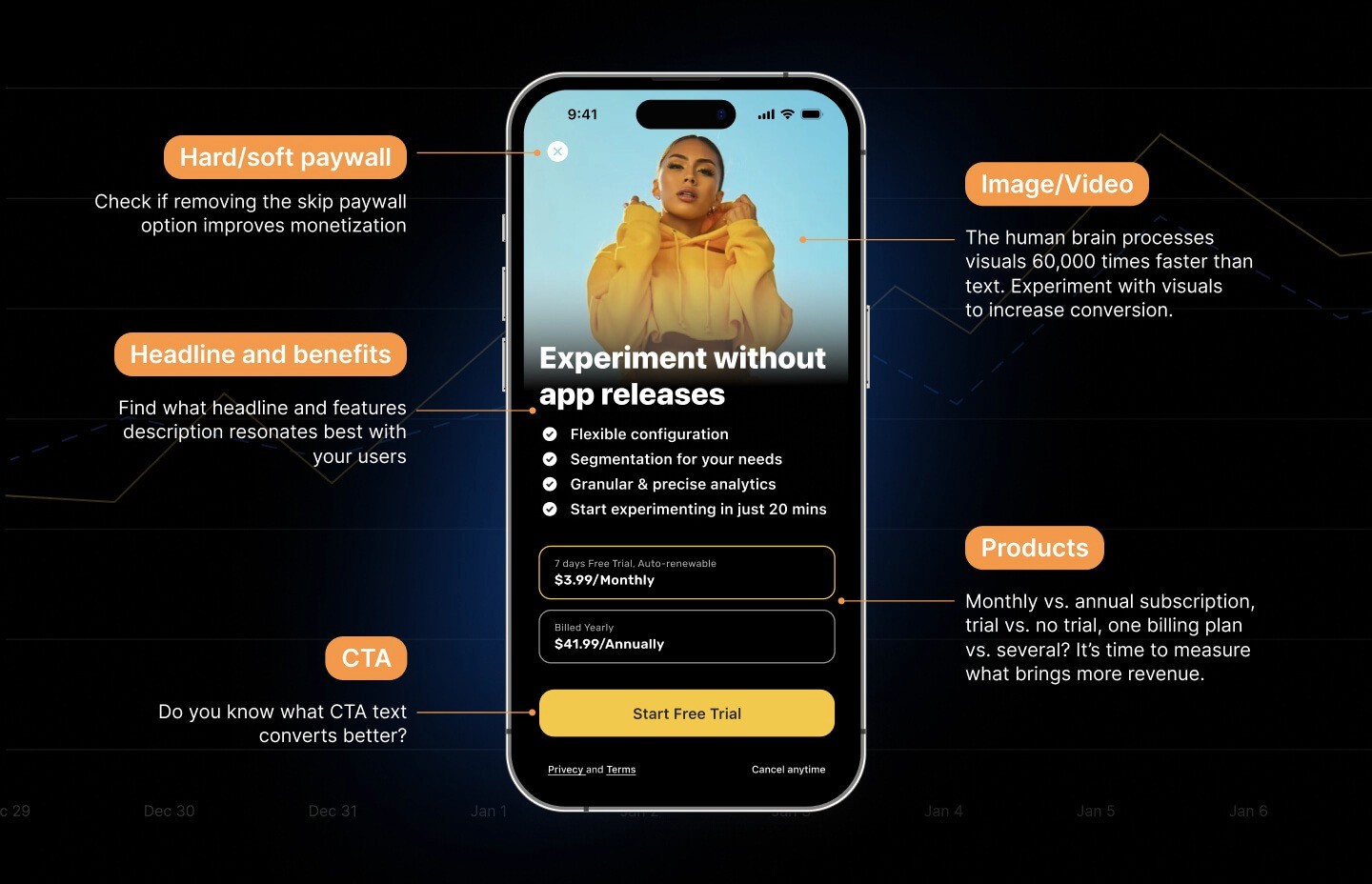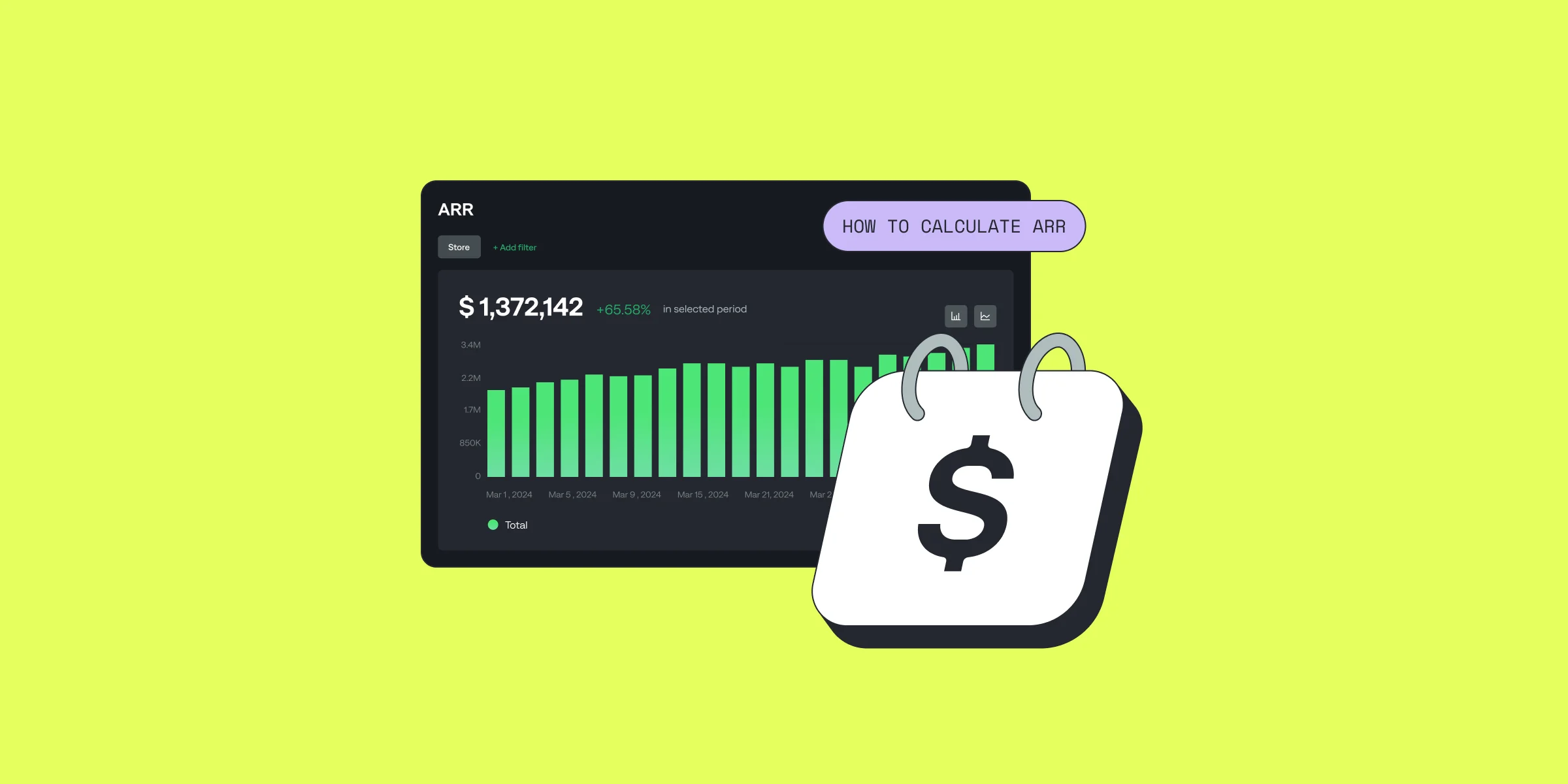What is MRR? How to Calculate Monthly Recurring Revenue?
What is MRR? How to Calculate Monthly Recurring Revenue?

Julia

Julia
Dec 15, 2022
Dec 15, 2022
In any business, keeping track of performance is imperative. There are several essential metrics for subscription-based businesses that you need to know and understand if you are planning a new business or expanding an existing one.
We've already looked into some of these:
Today we’re going to dive deeper into one metric that often makes the subscription model so appealing – Monthly Recurring Revenue (MRR). This is one of the key metrics for subscription-based businesses, as it helps measure the overall company’s performance. By looking at MRR you can determine whether your business is actually growing, plan your future initiatives, and forecast further development opportunities. Investors usually look at MRR when evaluating your product’s potential.
In any business, keeping track of performance is imperative. There are several essential metrics for subscription-based businesses that you need to know and understand if you are planning a new business or expanding an existing one.
We've already looked into some of these:
Today we’re going to dive deeper into one metric that often makes the subscription model so appealing – Monthly Recurring Revenue (MRR). This is one of the key metrics for subscription-based businesses, as it helps measure the overall company’s performance. By looking at MRR you can determine whether your business is actually growing, plan your future initiatives, and forecast further development opportunities. Investors usually look at MRR when evaluating your product’s potential.














